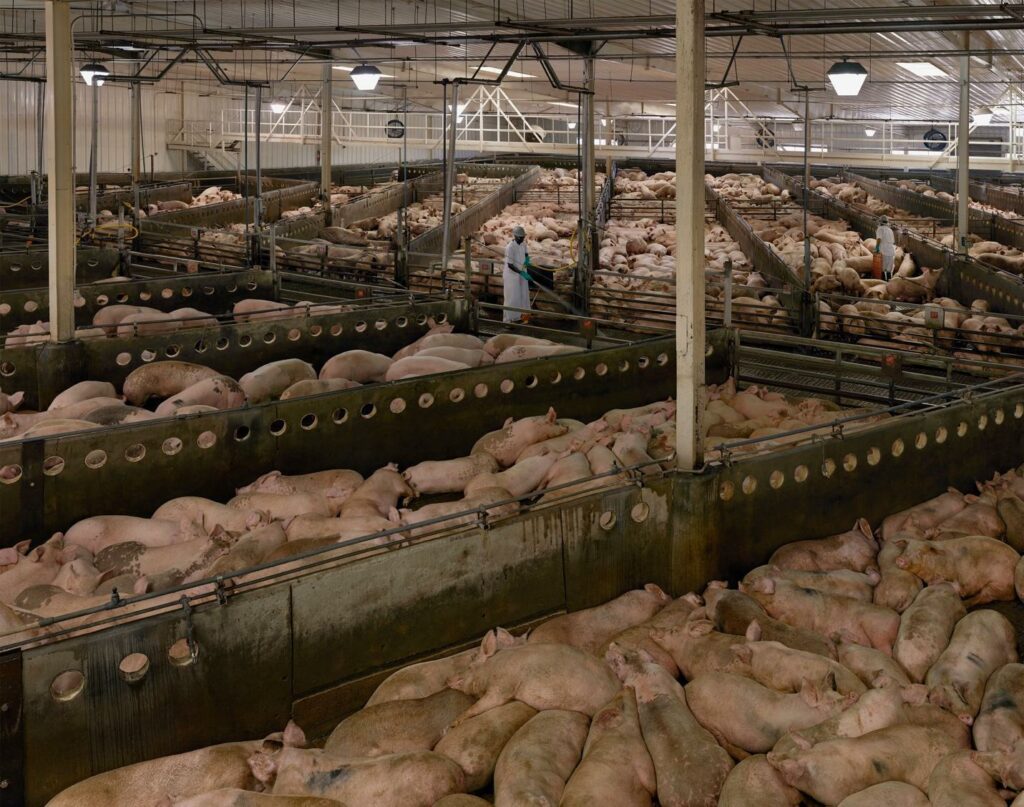Visualizing


Human dwelling is an extraordinarily rich venue from which we can ascertain the normative categories that make up COVID-19 health policies, as well as the inequalities that are produced or exacerbated by their implementation. This research cluster’s purpose is to shed light on—and thus make visible—the experiences of human habitation, tenancy, and conviviality that fall outside the gaze of conventional policy approaches. For which populations has the home been made available as a space of newfound labour, protection, and rest? And what other sacrifices are being made in the lifeworlds of disadvantaged communities in the name of health policy? Without negating the positive contributions of pandemic preparedness measures, the authors of this cluster aim to make space for considering alternative short-term epidemiological decision-making as well as long-term design justice.
Take, for example, the case of China, to this day the only enduring grounds of a zero-Covid policy. In March 2020, just as countries around the world began to implement their first lockdown policies in response to the coronavirus pandemic, China’s Xiong’an New Area launched an urban design competition for the creation of a pandemic-proof city. One hour south of Beijing, Xiong’an was established just three years prior in 2017, when President Xi Jinping declared the development hub a future world-class city with a budget of 580 billion USD. Intended as a flagship for China’s carbon-neutral future, Xiong’an crystallizes the fantasy of sustainable human flourishing backed by cutting-edge sustainable technology, innovative design, and vigilant sovereignty.
It comes as no surprise, then, that the winner of the 2020 Urban Design Competition was Spanish design firm Guallart Architects’ proposal to convert Xiong’an into an entirely Self-Sufficient City. Priding itself on “producing its own energy and food during another pandemic lockdown,” the Self-Sufficient City plan makes use of rooftop solar panels and greenhouses, smart sensors to monitor and collect rainwater, and 3D printing services for essential materials to sustain a carbon-neutral, circular bioeconomy. Ultimately, the Self-Sufficient City advances a model of human flourishing based on what urban scholar Tony Matthews calls “elitist enclaves,” which articulate an exclusive, technologically driven sanctuary against an otherwise contaminated world.
The fantasy that self-sufficiency can serve as a generic panacea lurks behind more quotidian public health practices, too. Take the institution of blanket lockdown policies to control the spread of COVID-19 in Brazil. As Debora Diniz and her colleagues have shown, such sweeping regulations can engender harm when the scale of their implementation leaves no means of addressing, for example, the predicament of children in abusive households. It is worth mentioning here, that the majority of households in both the Global North and South transgress the nuclear-centered domesticity that is taken for granted as the baseline for pandemic policies. Amidst the COVID-19 pandemic, principles like “self-sufficiency” in urban planning and health policy can become vehicles for structural violence insofar as they uphold a set of normative living standards and neglect the realities of communities who cannot adjust their lifestyles and social relations in the same ways. In their examination of these other forms of living—from unhoused communities in Australia to incarcerated migrants in France—this research cluster directs attention to the gaps in our conventional pandemic preparedness measures, with diverse consequences in local contexts.
The Pandemic Dwelling cluster gathers contributors whose research and thinking foreground a number of central themes, including: the inequalities in living conditions sustained by political economy, the carceral state, and social determinants like race, gender, and sexuality; the health effects of these inequalities in light of the COVID-19 pandemic; the limits of existing health policies and epidemiological strategies in ameliorating these differences in living conditions; and the endurances and improvisations that are fashioned by communities in the absence of meaningful support. Together, they shed light on the historical circumstances that have produced conditions of epidemiological risk, as well as the possibilities for designing different futures already under way.